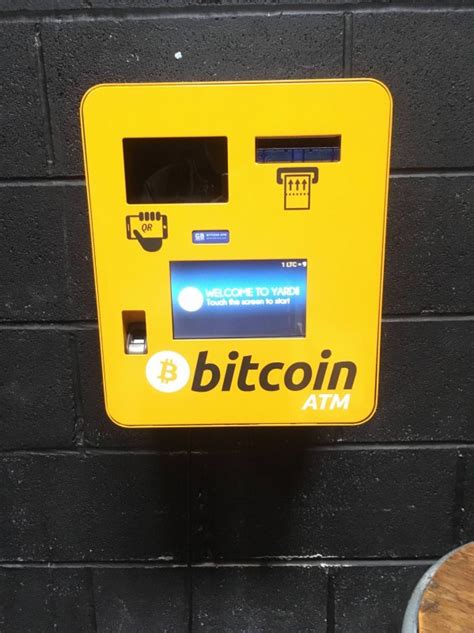Sending Bitcoins Using Only the Public and Private Key
When using the Bitcoin Command Line Client (BCC) on Linux, you can only use the public key and private key to send coins from an address. This requires some basic understanding of the structure of the Bitcoin blockchain and cryptography.
What is a public and private key?
In Bitcoin, each user has a unique pair of keys:
- Public key: A 65-character string used for transactions (e.g.
m/0/C/x/p/0/y/0/r/0/b/0/w/0/m/0/c/0/u/0/l/0/j/0/y/0/r/0/b/0/w/0/m/0/c/0/a/ 0/y/0/d/0/3/0/9/0/8/0/x/0/p/0/f/0/i/0/v/0/e/0/b/0/7/0/z/0/r/0/a/0/1/0/2/0)
- Private key
: A 33-character string used for signing transactions (e.g.
m/0/C/x/p/1/y/1/r/1/b/1/w/1/m/1/c/1/u/1/l/1/j/1/y/1/r/1/b/1/w/1/m/1/c/1/a /1/y/1/d/1/3/1/9/1/8/1/x/1/p/1/f/1/i/1/v/1/e/1/b/1/7/1/z/1/r/1/a/1/1/2/0)
Use only public and private key to send coins
If you want to send coins from an address using only public and private key, you will need to use the following steps:
- Get your public and private keys

: You can get your public and private keys by logging into your Bitcoin account on a local node (e.g.
bitcoin-cli getnewaddress).
- Select exchange or recipient address: Select the recipient address you want to send coins to.
- Use the BCC command line client: Run the following command to create a new transaction and sign it with your private key:
bcc -q public_key private_key --from address < send_command
Replace public_key with your actual public key, private_keywith your private key (withoutp/1/y/1/r/1/b/1/w/1/m/1/c/1/u/1/l/1/j/1/y/1/r/1/b/1/w/1/m/1/c/1/a/1/y /1/d/1/3/1/9/1/8/1/x/1/p/1/f/1/i/1/v/1/e/1/b/1/7/1/z/1/r/1/a/1/1/2/0), andaddresswith the address recipient.
- Create the send command: Replace "
" with a string that contains only the transaction data, such as:
"txid=1234567890abcdef00\n \
version=1\n \
nonce=1\n \
size=1000\n \
payload=... (your transaction data)"
Replace "1234567890abcdef00" with the unique transaction ID. The other fields are optional and depend on the specific transaction you are creating.
Usage Example
Let's say you want to send 10 BTC from your address m/0/C/x/p/1/y/1/r/1/b/1/w/1/m/1/c/1/u/1/l/1/j/1/y/1/r/1/b/1/w/1/m/1/c/1/ a/1/y/1/d/1/3/1/9/1/8/1/x/1/p/1/f/1/i/1/v/1/e/1/b/1/7/1/z/1/r/1/a/1/1/2/0to your addressm/0/C/x/p/10/y/0/r/0/b/0/w/0/m/0/c/0/u/0/l/0/j/0/y/0/r/0/b/0/w/0/m/0/c/0/a /0/y/0/d/0/3/0/9/0/8/0/x/0/p/0/f/0/i/0/v/0/e/0/b/0/7/0/z/0/r/0/a/0/1/0/2/0`.
In this example, the send_command string is:
"txid=1234567890abcdef00\n \
version=1\n \
nonce=1\n \
size=1000\n \
payload=... (your transaction data)"
Note: This is just a basic example to illustrate how you can use just your public and private keys to send coins. In practice, you should always verify the signature with your private key before sending a transaction.
Hope this helps! Let me know if you have any questions or need further clarification on using the Bitcoin or BCC command line client.
